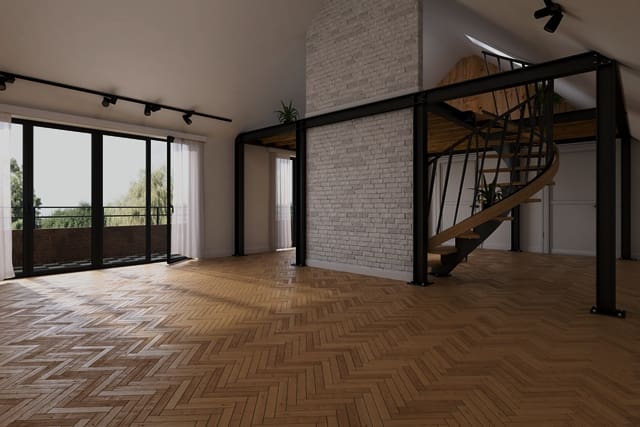Virtual staging has revolutionized the way real estate agents market properties, especially in an era where online listings dominate the home-buying journey. With the ability to showcase a home’s full potential without the cost and hassle of physical staging, this technology offers agents a powerful marketing edge. However, success in virtual staging requires more than just adding stylish furniture to empty rooms. Strategic design choices and ethical presentation are essential to maintain credibility and convert interest into offers. In this post, we’ll break down the essential dos and don’ts of virtual staging to help you elevate your listings and close deals faster.
Do Use High-Quality Images
One of the foundational rules of effective virtual staging is starting with high-resolution, professionally shot photographs. Grainy or poorly lit photos undermine the realism of the staged elements and can turn buyers away before they even read the listing description. Make sure the original photos are taken in natural light with minimal shadows to ensure clarity and authenticity. Investing in professional photography not only enhances the virtual staging results but also builds your reputation as a high-quality, detail-oriented agent. The better the source image, the more realistic and appealing the final result will be to potential buyers.
Don’t Mislead Buyers with Over-Staging
While it’s tempting to make a space look as luxurious as possible, over-staging can backfire and create distrust. Adding elements that don’t actually exist—like windows, walls, fireplaces, or removing flaws such as structural damage—can lead to disappointment during in-person showings. Buyers might feel misled, which can damage your credibility and potentially violate local advertising regulations. The goal is to help buyers envision the possibilities, not to create a false representation of the property. Always keep the virtual enhancements realistic and aligned with the actual condition of the home.
Do Match the Style to the Target Market

Tailoring your virtual staging to the preferences of your target demographic can make a big difference in how a listing performs. Consider the neighborhood, price range, and likely buyer profile before deciding on design elements. A modern, minimalist aesthetic may appeal to younger buyers, while a more traditional, cozy look might be better suited for families or older demographics. The staging should complement the architecture and layout of the home rather than clash with it. Smart, market-specific staging helps buyers emotionally connect with the property and envision it as their future home.
Don’t Be Inconsistent
Virtual staging should provide a complete and cohesive visual story of the property. Leaving certain rooms empty or inconsistently staged can confuse buyers and diminish the impact of the overall presentation. Each space should be thoughtfully staged to highlight its purpose and maximize perceived value. Another approach is to provide a virtually staged photo along side a standard photo of the empty space. This method allows buyers to see the empty space and what it would look like with furnishings. If you use this method, it is important to place the photos side by side within the listing to avoid confusion. Ensure all rooms have a clear function and a harmonious design style to support a consistent brand message across your listing.
Do Clearly Disclose the Use of Virtual Staging
Transparency is critical when it comes to virtual staging. Always include a disclaimer in your listings to inform buyers that the images have been virtually enhanced. This builds trust and ensures you’re adhering to ethical real estate marketing standards. Many MLS platforms and real estate associations require disclosure, and failing to comply can result in penalties or client disputes. A simple note stating “virtually staged for illustrative purposes” goes a long way in maintaining your professionalism and integrity. Honest marketing protects both your reputation and your client relationships.
Conclusion
Virtual staging, when done correctly, can be a game-changer for real estate agents looking to attract more buyers and close deals faster. By following the dos and avoiding the don’ts, you ensure that your listings are not only visually compelling but also trustworthy and ethically sound. High-quality photos, targeted designs, and full transparency are key ingredients for success. When integrated thoughtfully into your marketing strategy, virtual staging can elevate your brand, reduce time on market, and ultimately boost your sales performance. Stay current, stay ethical, and let your listings shine online.
#realestate #virtualstaging #realtormarketing #homestaging #realestatetips #digitallistings #realtorlife #realestatephotography #propertymarketing
